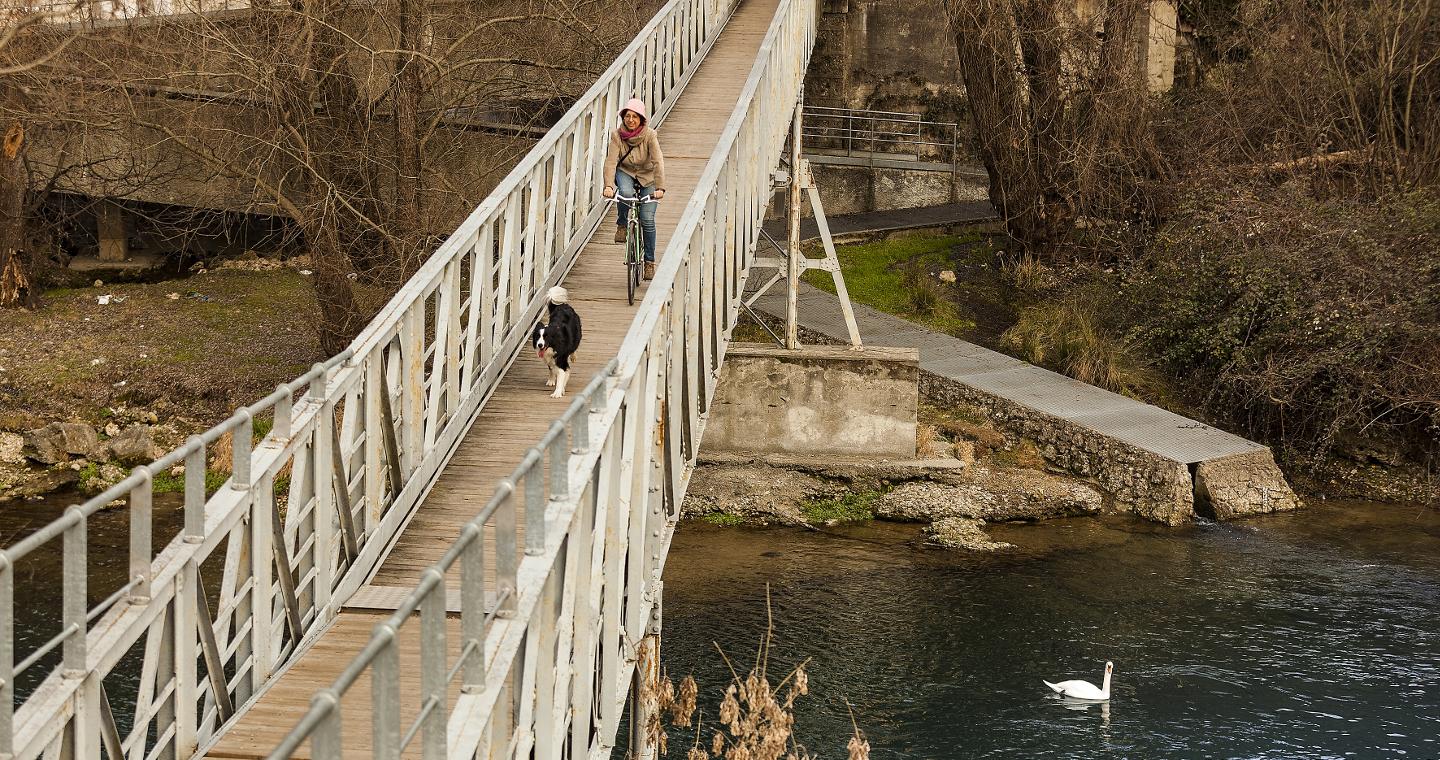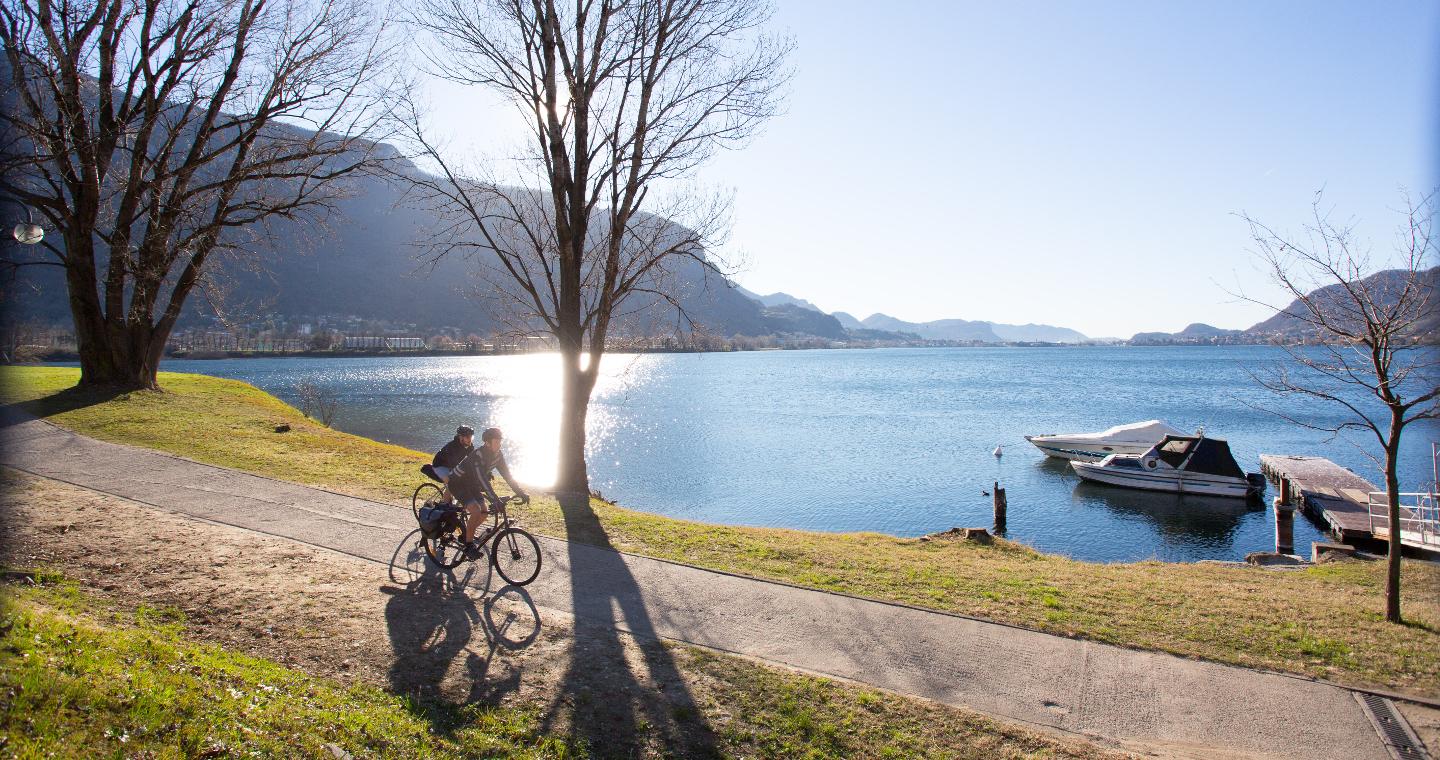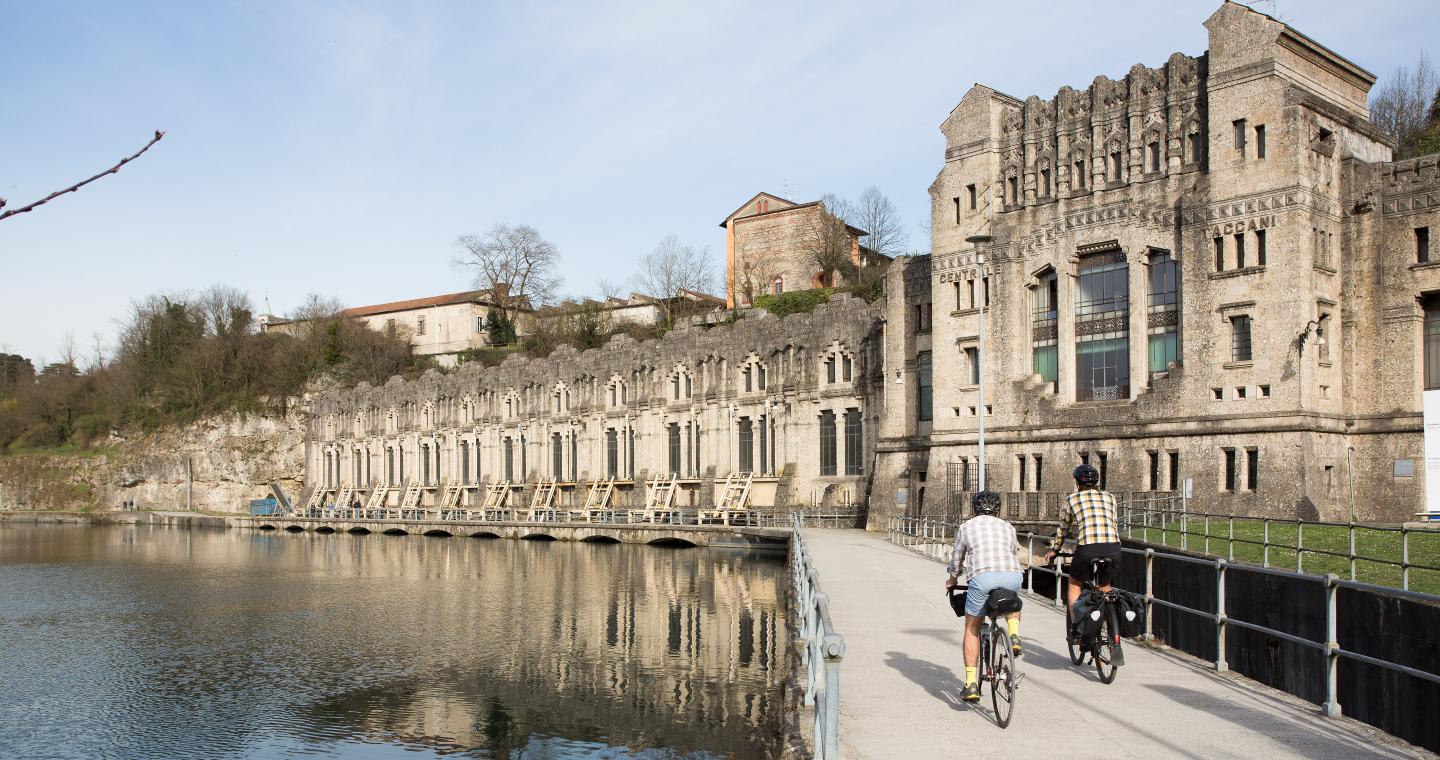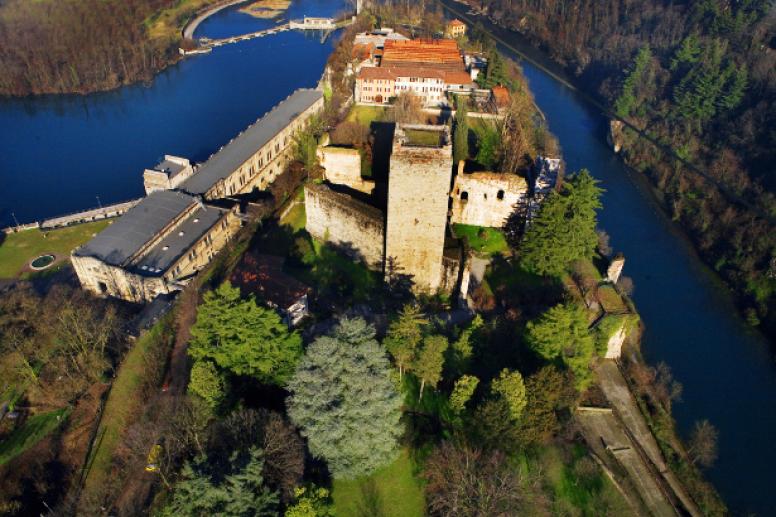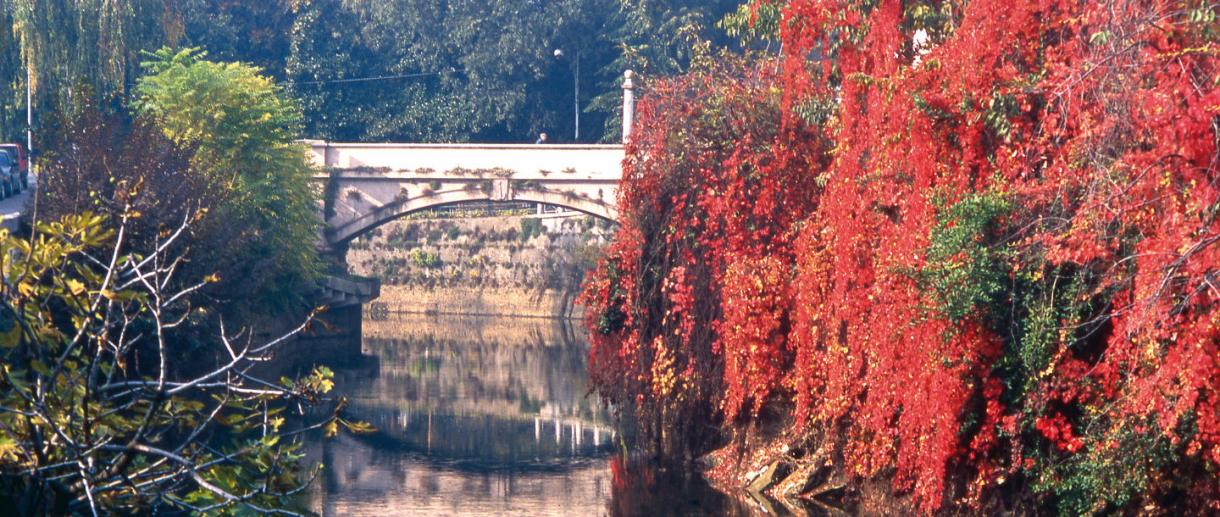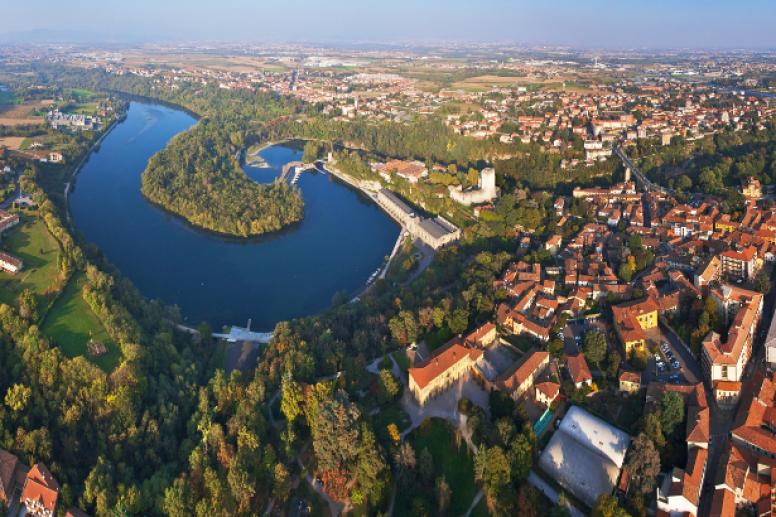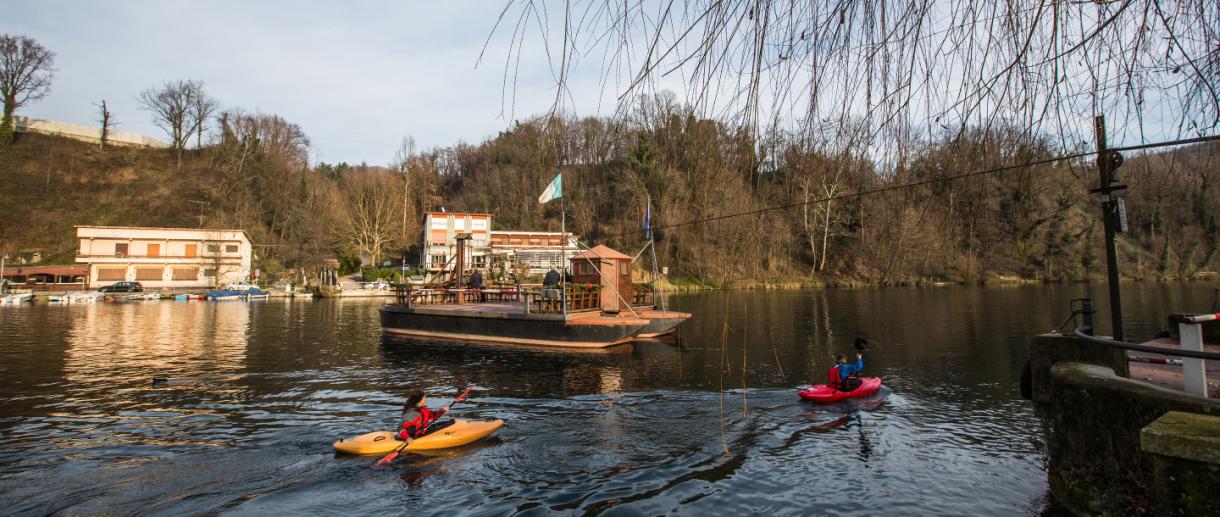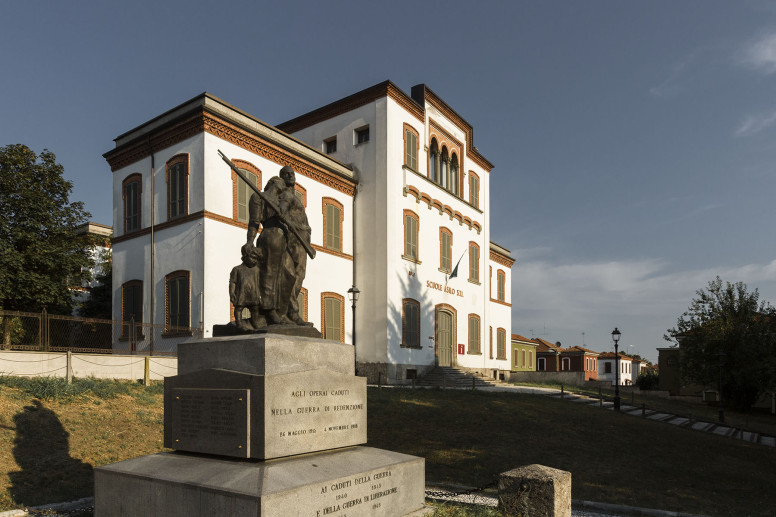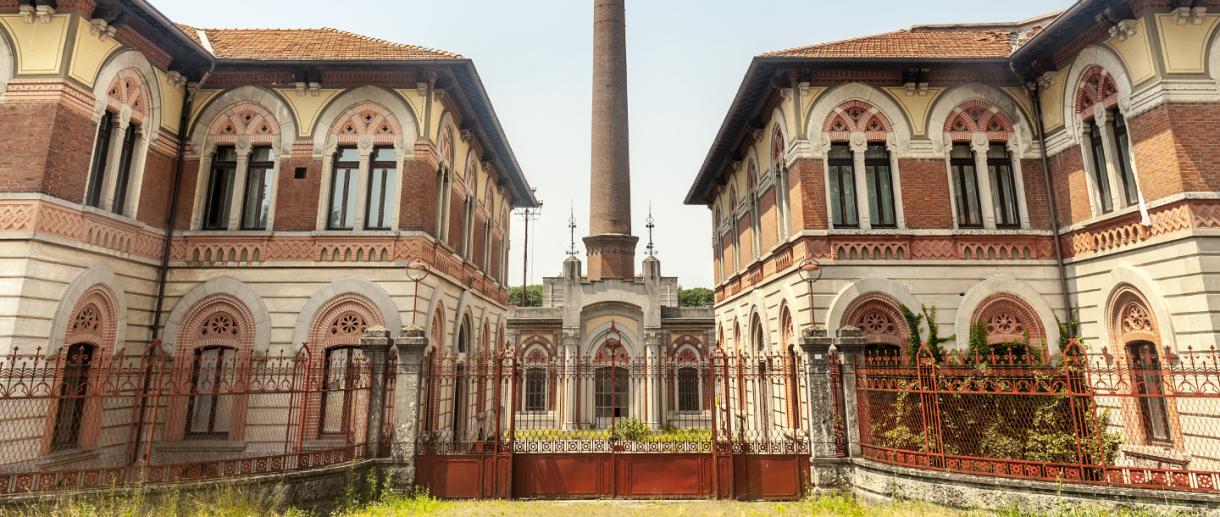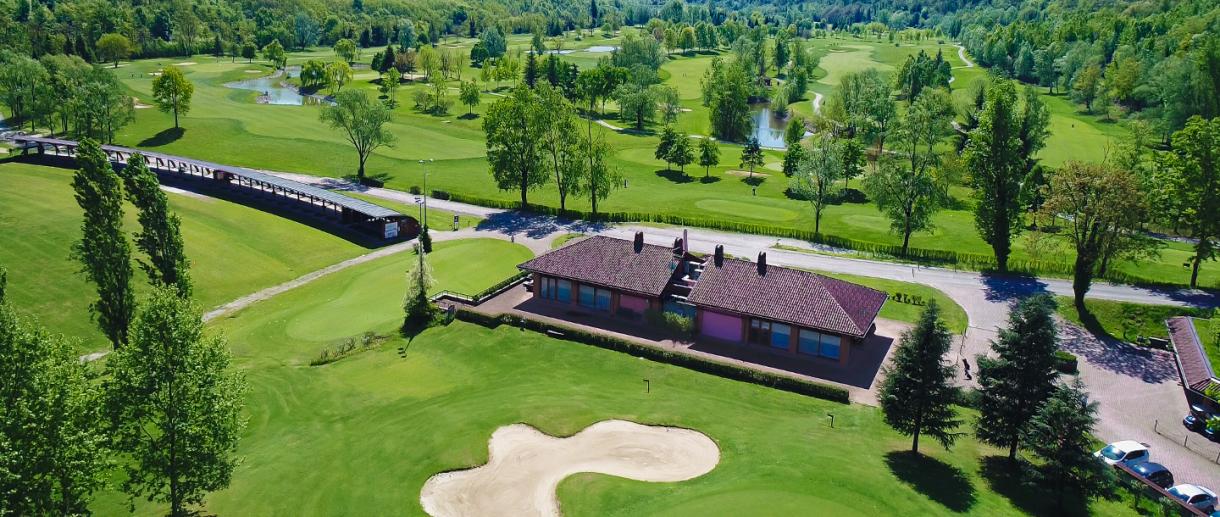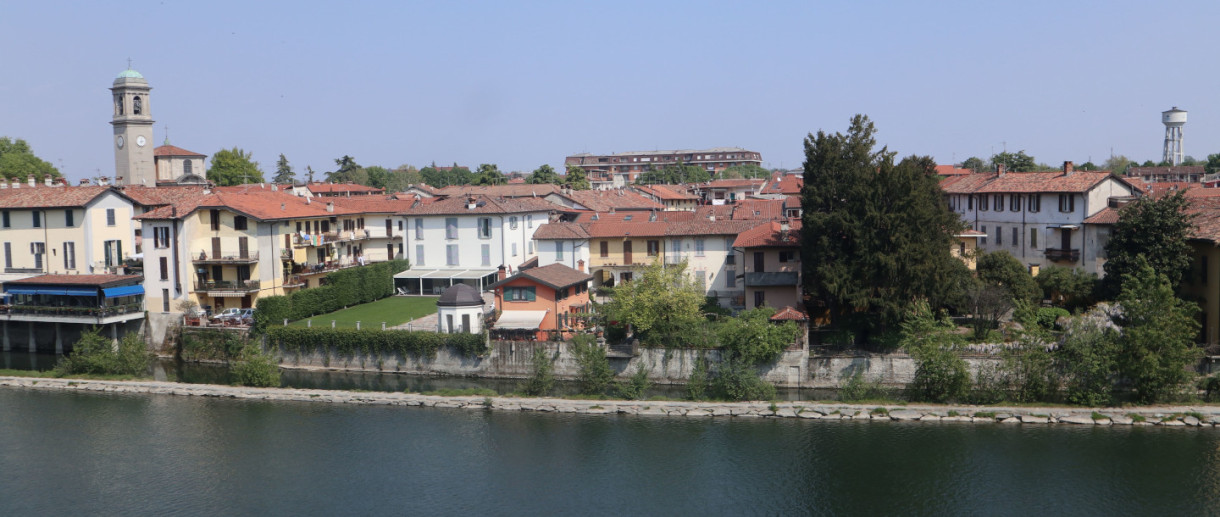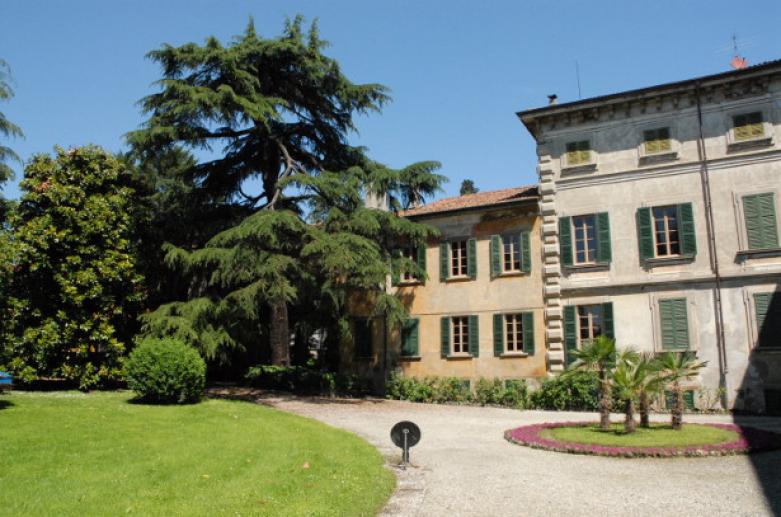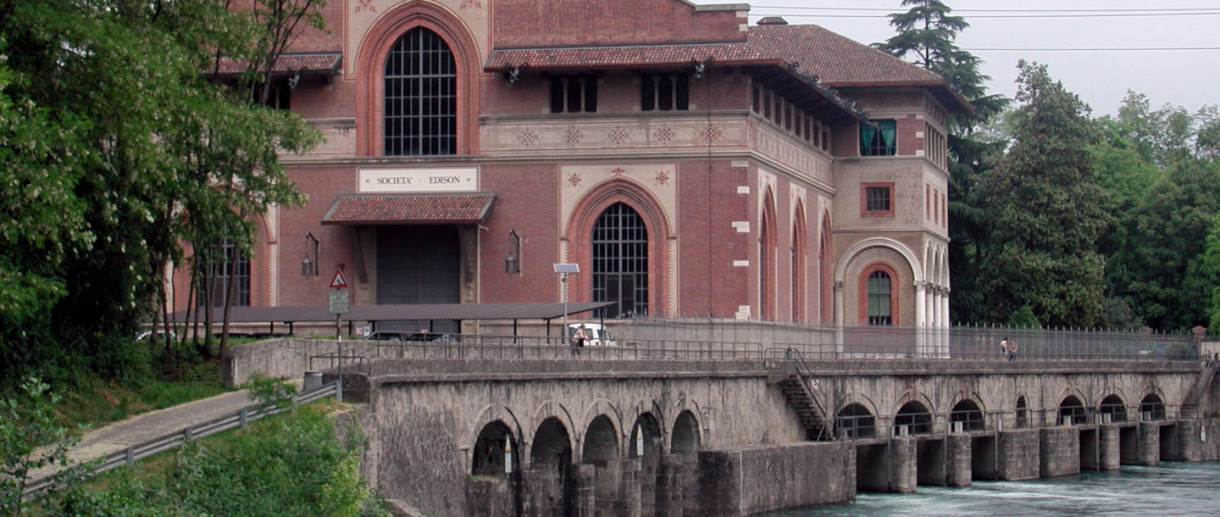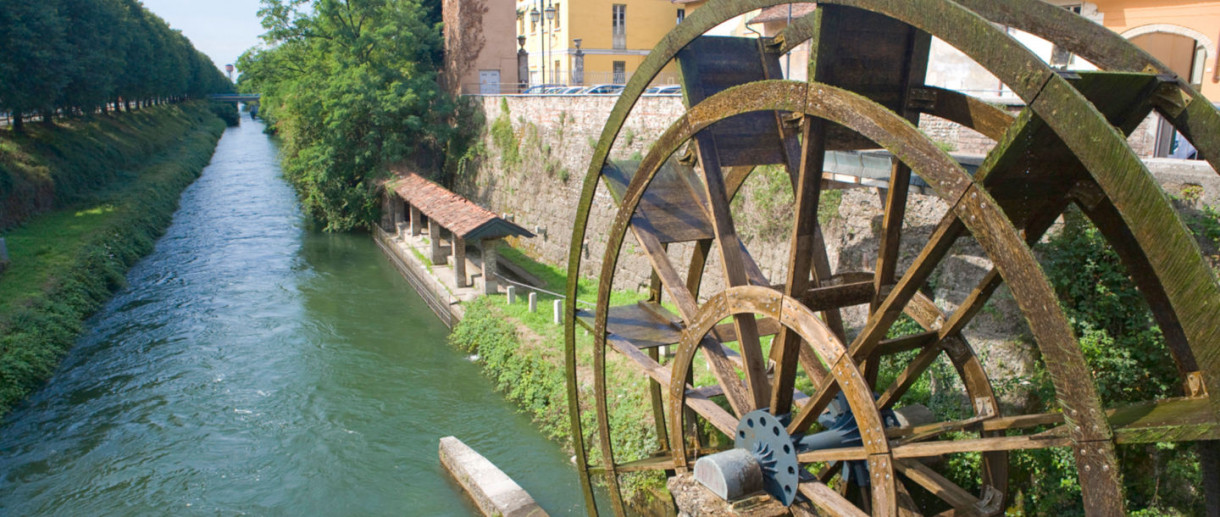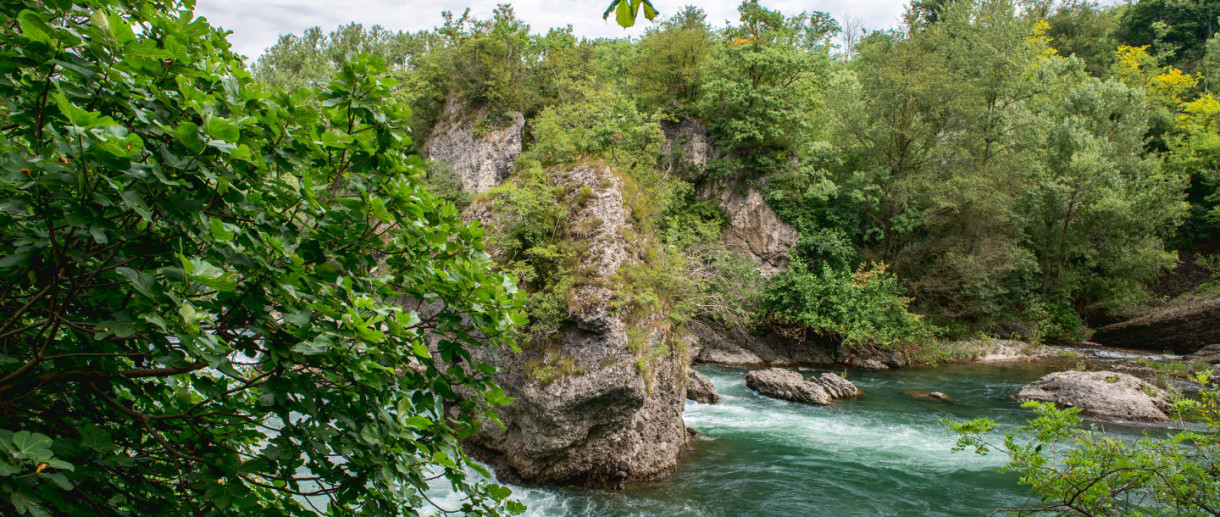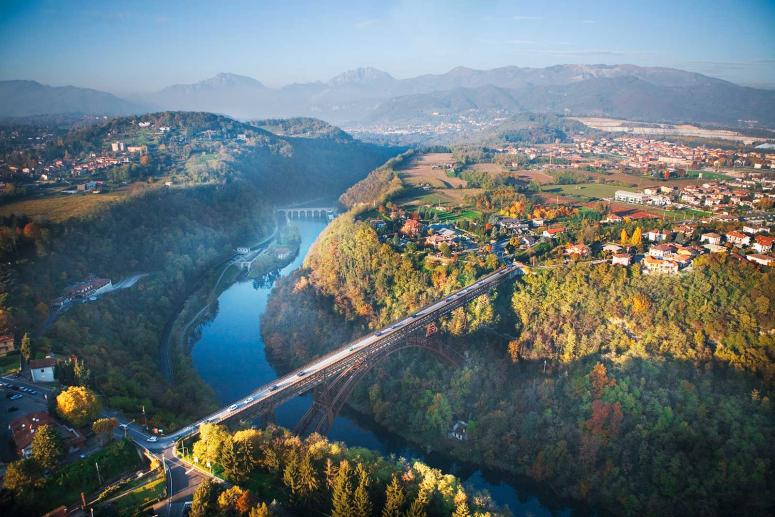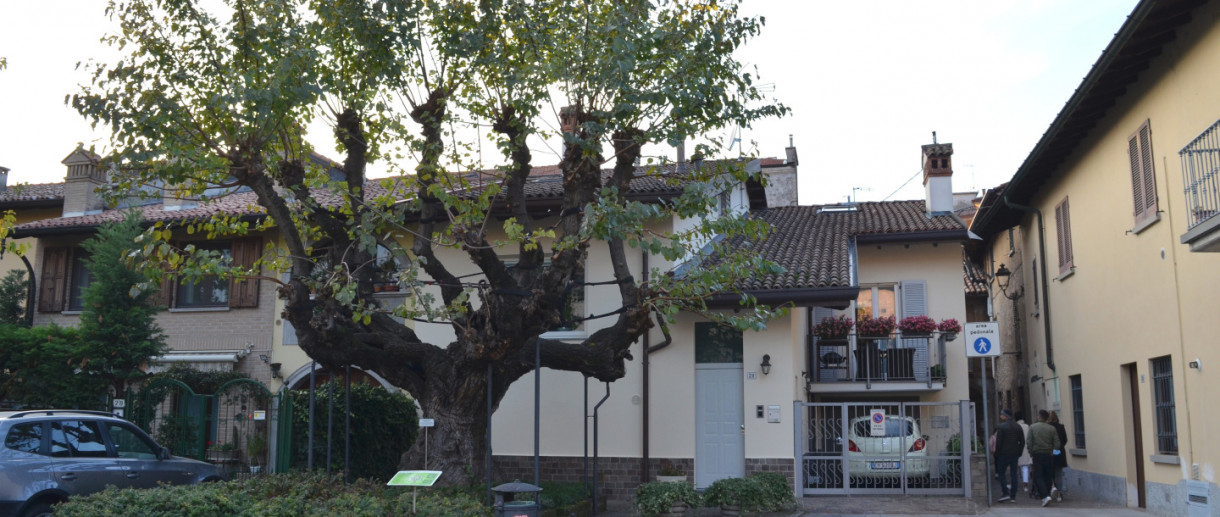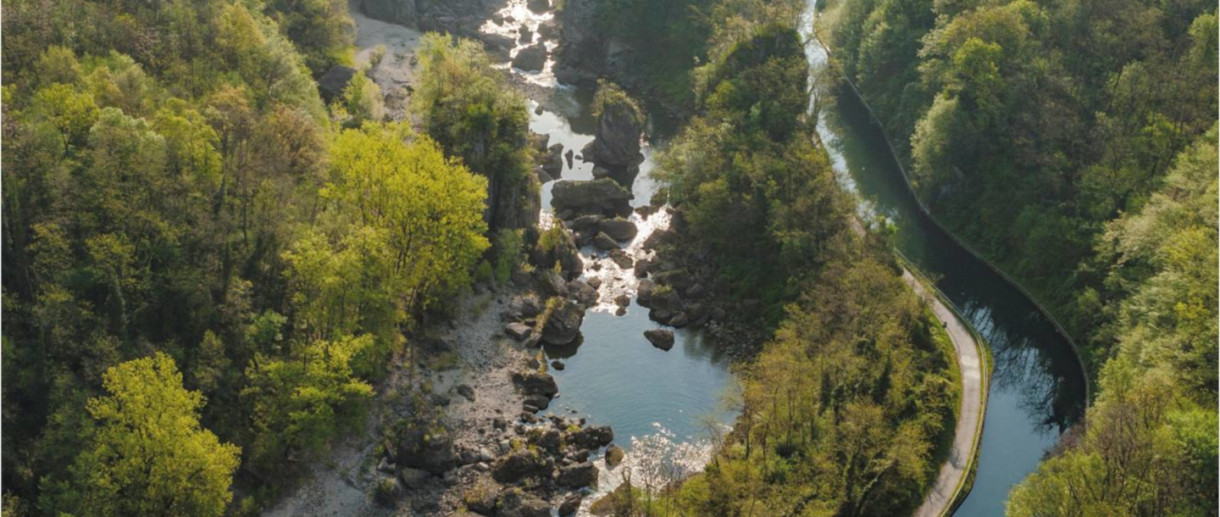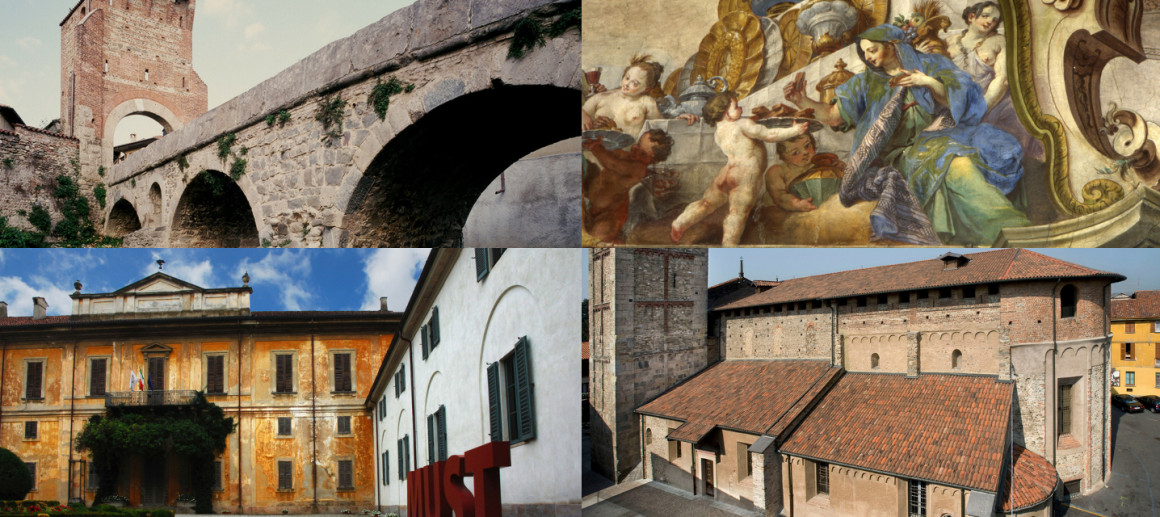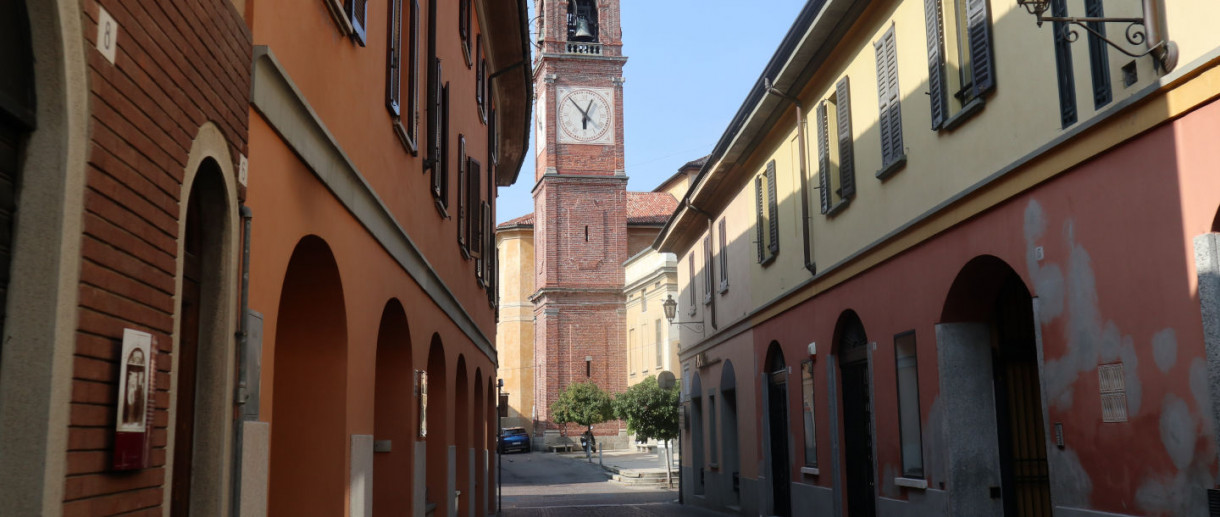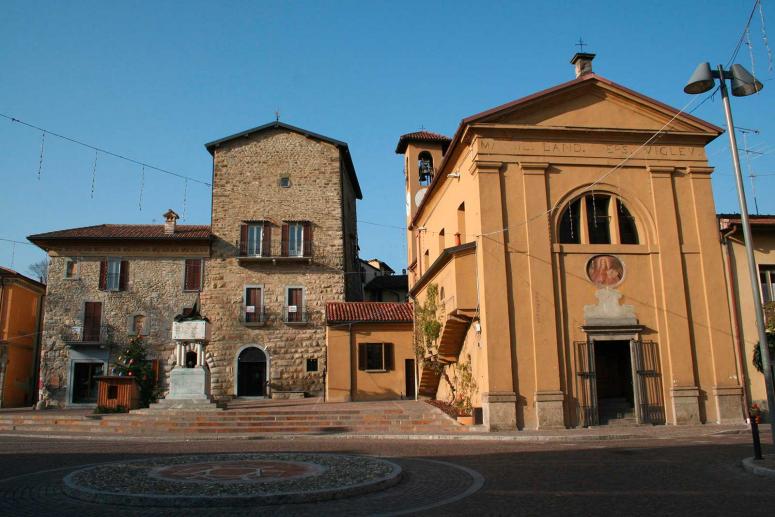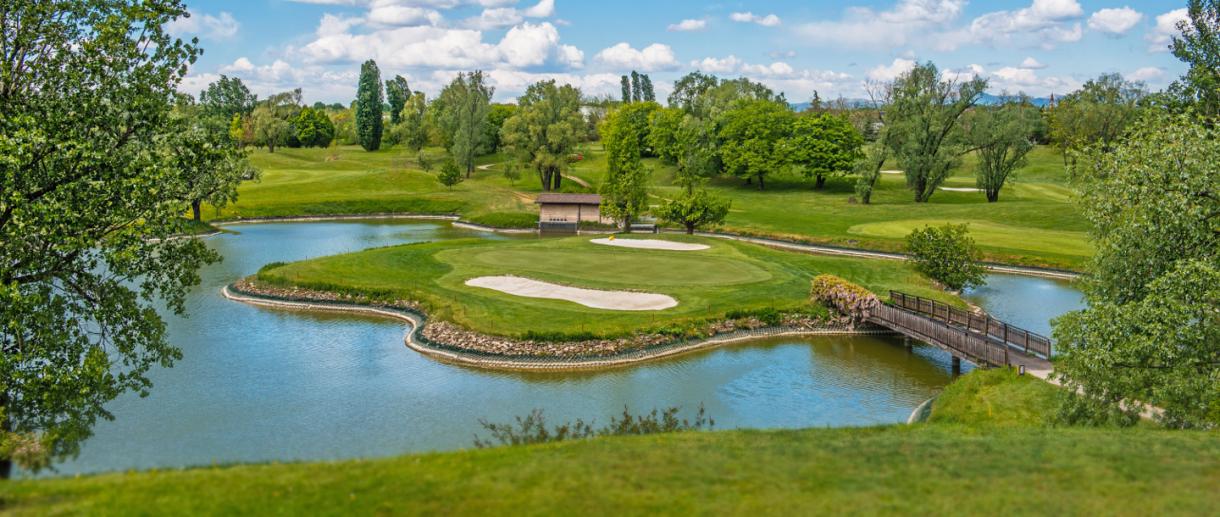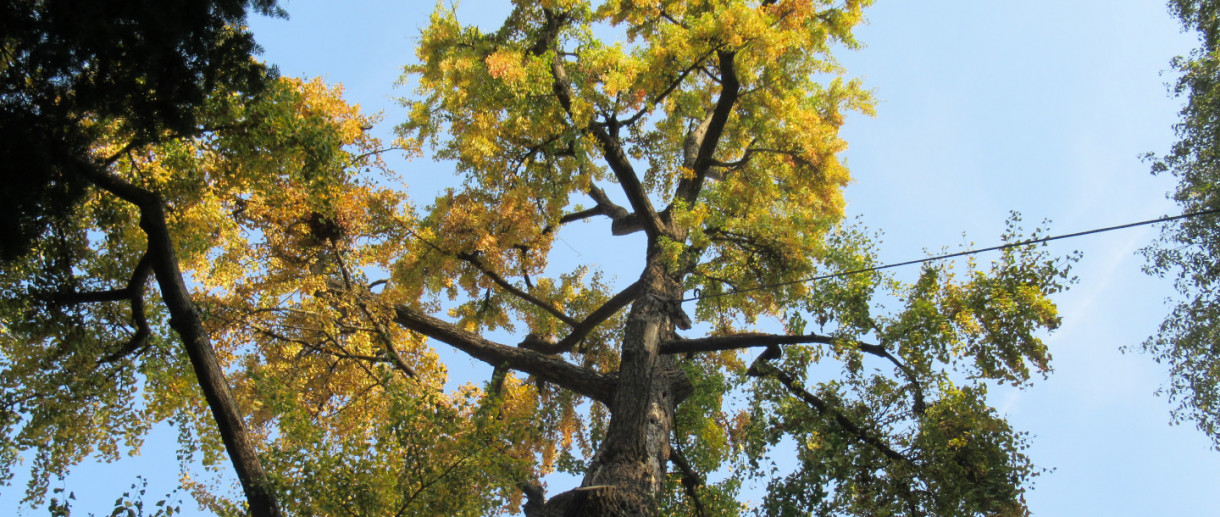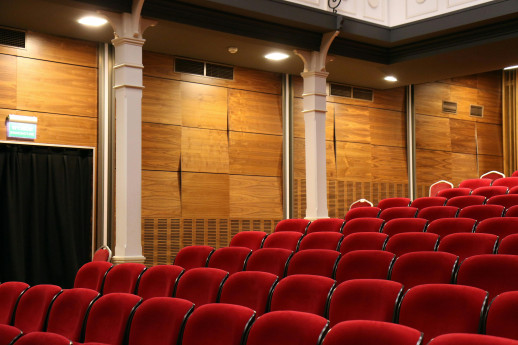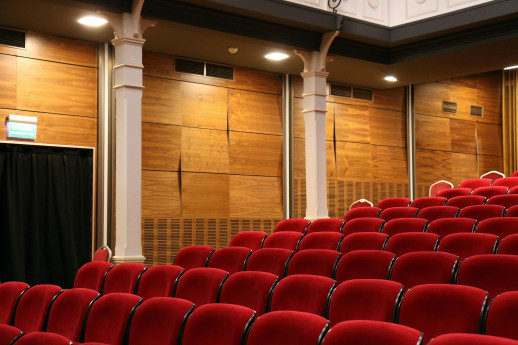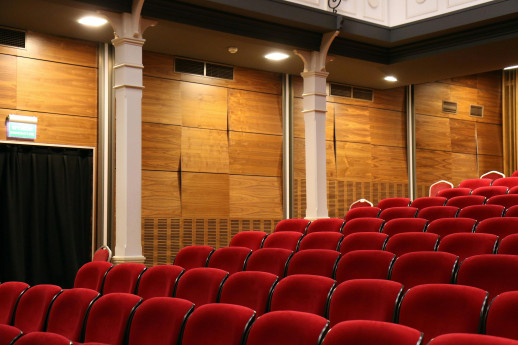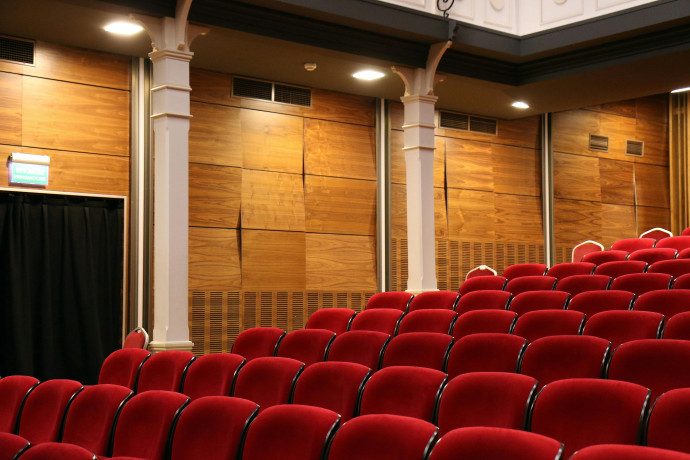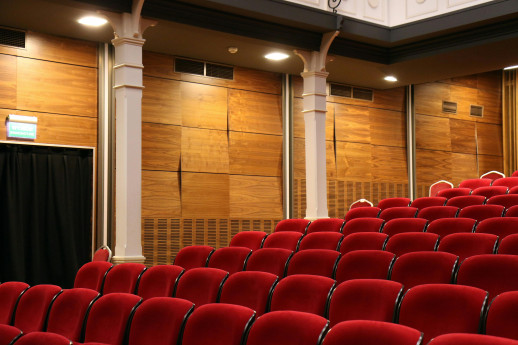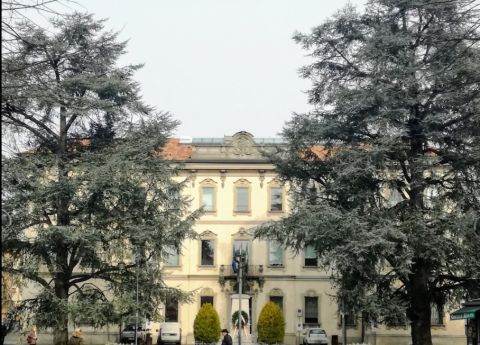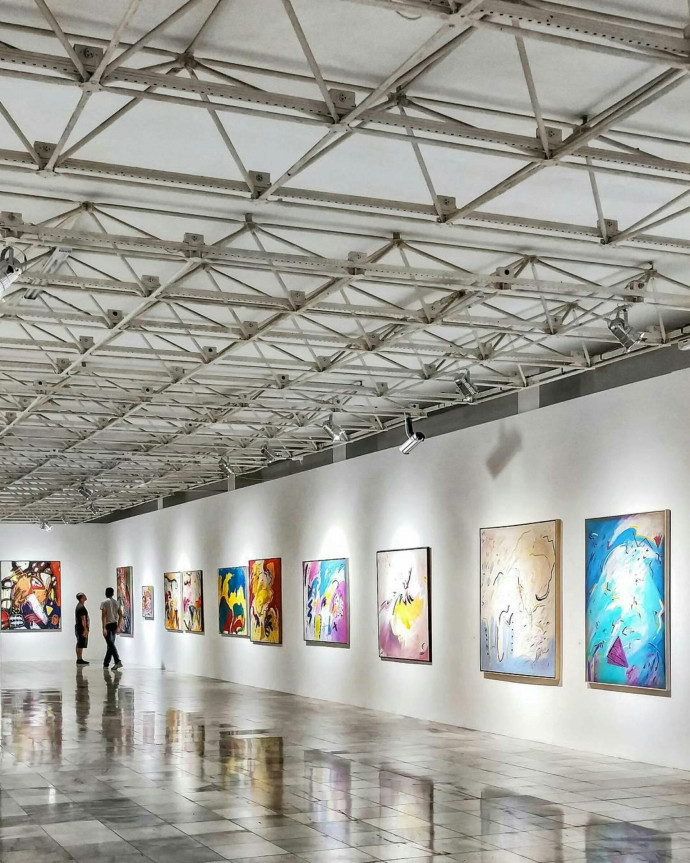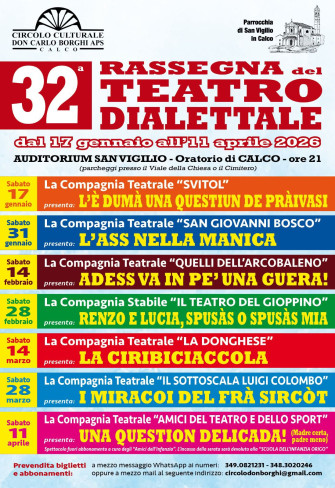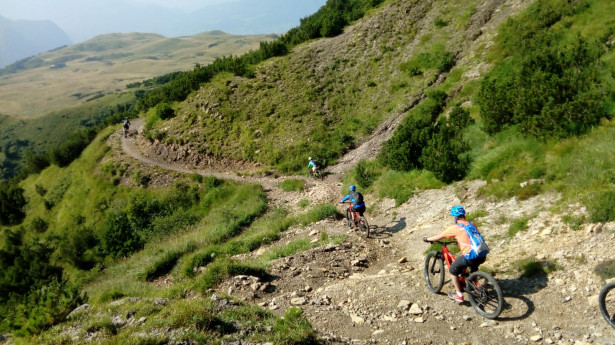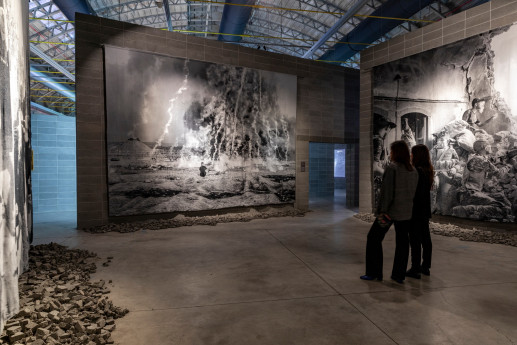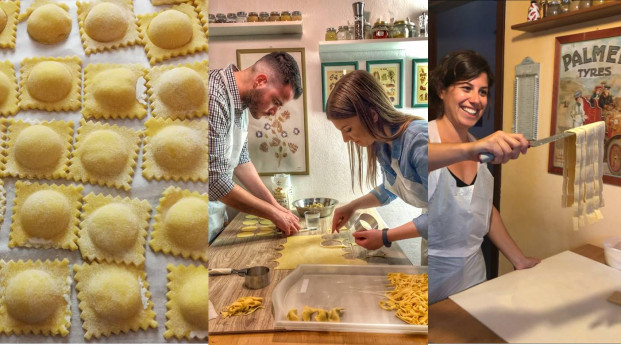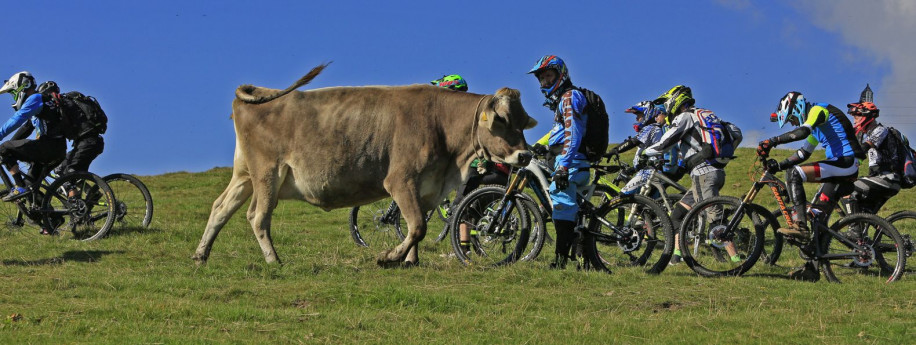- Cycle Tourism
- Active & Green
From Lecco to the Martesana Canal
Woods and canals studied by the Renaissance Genius. Inspiring mountains. Ferries that operate with the current.
The River Adda cycle path, from Lecco to Cassano d’Adda, in the territory where men have ingeniously strived not to displease nature, runs along the banks observed by Leonardo da Vinci.
What is Water, he asked himself? “This is never at rest until it unites with its marine element...”. During his stays in Milan, from 1482 to 1515, in the cultural climate of the Sforza Signoria, Leonardo witnessed the great Lombard engineering tradition, the works completed by the experienced hydraulic engineers who came before him. In his studies of canals and navigable waterways, he observed, drew and devised improvements, like the lock doors that would be introduced only at a later date.
Hints of Leonardo’s presence accompany this ride along the banks of the River Adda. In Lecco, where it begins, you can also find traces of another great Italian, Alessandro Manzoni, who from “that branch of the Lake of Como, which turns toward the south” began his novel, The Betrothed. After passing the Azzone Visconti bridge where the Adda once again becomes a river, ride along the right bank. Turning into Via Alzaia, you will find yourself on the Mid-Adda Valley cycle path.
The river once again becomes a lake at Garlate, where the former cotton mill now houses the Municipal Silk Museum. At Brivio, the valley begins to narrow and the course of the river starts to meander. At about 20 kilometres from the start of the path, you will encounter the first signs of Leonardo: at Imbersago there is a wooden ferry, attached to a cable suspended between the two banks. Its movement is driven by the current. Leonardo was the first to observe and draw these currents. After 3 kilometres, you will arrive at the bridge at Paderno d’Adda, soaring 80 metres above the river. With its dense structure of iron beams, it looks a little like a horizontal Eiffel Tower.
Just beyond it, the Paderno Canal branches off from the river. Here once again, the Renaissance Genius left his mark. The parallel canal that was intended to avoid the most turbulent stretch of the River Adda was devised by Leonardo, but was only constructed in 18th century, thus opening up transport of goods from Lake Como to Milan, along the Martesana Canal.
The stretch of the cycle path running between the Adda and the Paderno Canal is one of the most spectacular parts of the route. It is in the heart of the Leonardo Eco-museum, an open-air exhibition system illustrating Da Vinci’s presence in this area. It seems that, as a painter, he took inspiration from the landscape of the River Adda, in particular from the Tre Corni narrows at Brivio, for the background of The Virgin of the Rocks. Natural landscape and human engineering are once more harmoniously combined in the three hydroelectric power stations standing at water level. Overlooking the Taccani power station at Trezzo sull’Adda, the powerful remains of the Visconti Castle are silhouetted seemingly in architectural continuity.
A little further downstream from Trezzo, the Martesana Canal leading to Milan branches off from the Adda. A footbridge crosses the river taking you to the opposite bank, the left one, where you can ride as far as Crespi d’Adda, a historical ‘company village’, providing housing alongside a large textile factory, the result of enlightened entrepreneurship, and now a UNESCO World Heritage site. Continuing along the towpath of the Martesana Canal, you will reach Vaprio where you can see the terraced gardens of Villa Melzi d’Eril, where Leonardo stayed for a long period.
31
-
One day route
Difficulty: for all cyclists
Length: 52 km
Elevation profile: flat
Roads: stabilised dirt roads;
some paved stretches
Type of bike: touring bikes with gears or road bikes
When: all the year
Mood: cultural
